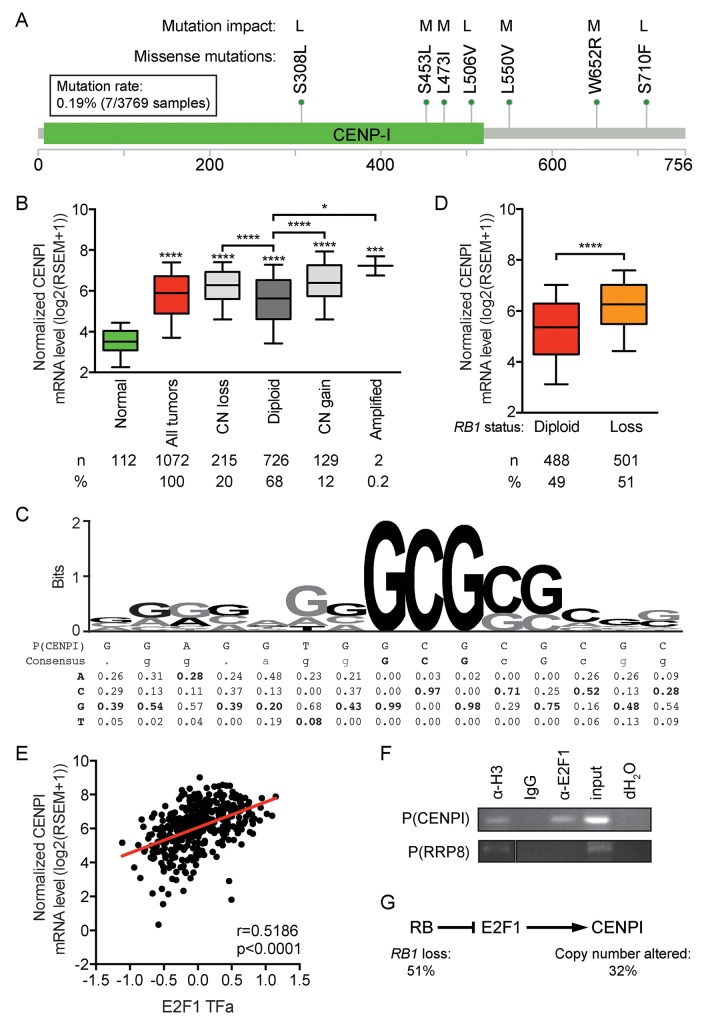Figure 3. CENPI is an E2F target gene, indicating that CENPI overexpression in breast cancer is primarily caused by RB pathway defects.
(A) Mutations identified in 3769 breast cancer samples from 5 datasets (see Methods), as described [56, 57]. Each mutation was identified only once. The functional impact of the mutations was assessed as described [26] with all identified mutations predicted to have low (L) or medium (M) impact on protein function. The image was obtained by and modified from [56] and [57]. Scale bar indicates amino acid numbers. (B) CENPI mRNA expression levels in normal control breast tissue and breast carcinomas for CENPI allelic copy number categories, as indicated. Data are derived from the TCGA RNAseq and SNP6 microarray datasets [21]. (C) Sequence logo of the E2F1 DNA binding site with consensus sequence and nucleotide frequencies at each position below [27]. The putative E2F1 DNA binding site in the CENPI promoter, P(CENPI), located from positions -127 to -113 upstream of the CENPI transcription start site, was aligned below and overlaid in black font on the sequence logo above. (D) Normalized CENPI mRNA levels in breast carcinoma samples diploid and with copy number loss of the RB1 allele. P-value: Mann Whitney U test. (E) CENPI mRNA levels compared to inferred E2F1 transcription factor activity, computed as described [28, 29]. P-value: Spearman correlation. (F) Chromatin immunoprecipitation (ChIP) using IgG, histone H3-specific (α-H3) and E2F1-specific (α-E2F1) antibodies. PCRs were performed on the CENPI promoter, P(CENPI), and the RRP8 promoter, P(RRP8). IgG and dH2O served as negative controls, α-H3 and input served as positive controls and P(RRP8) served as negative control for α-E2F1. (G) Retinoblastoma (RB) pathway showing CENPI as an E2F1 target gene. RB1 loss and, to a lesser extent, CENPI allelic copy number alterations contribute to CENPI overexpression in breast cancer.

